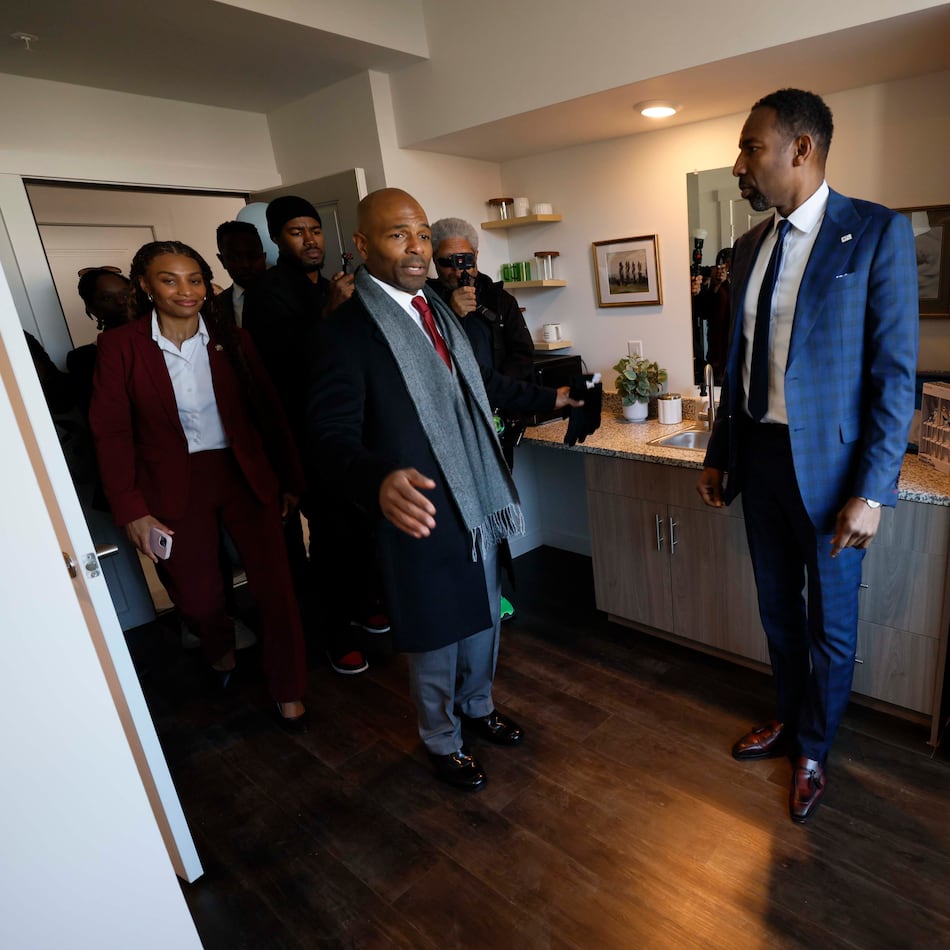Where is the only commuter railroad between Chicago south to Miami?
Surely it must be a city the size of Charlotte, which has light rail, or Atlanta, which already has heavy rail in its subway.
The answer, surprising to some, is Nashville, where the Music City Star has operated along the 31 miles between Nashville and Lebanon, Tenn., since 2006. The Star was the least costly construction project of its kind in modern U.S. history. It was built for $41 million, combining federal, state and local funds.
Leaders from seven Middle Tennessee counties that formed the Regional Transportation Authority came together to improve the area’s development, environment and quality of life with a project that seemed alternately challenging or just plain impossible.
Ridership on the Star began with 500 rider-trips per day but steadily increased each year to the present average of 1,000 to 1,100 daily rider-trips. The passengers are almost exclusively people who had never used public transit in any form, a close-knit group so loyal to the Star that they will never willingly plow through the daily commute by car again. They include a local public official who was initially opposed to public transportation; readers and nappers quick to shush inadvertent intrusions into their designated “quiet car,” and even one trainload of folks who shamelessly stood in the aisles and cheered as they swooped above gridlocked freeway traffic when Nashville had an improbable rush-hour snowstorm.
These Star commuters disembark at downtown’s Riverfront Station from six inbound trips every weekday, where many board waiting Nashville MTA (Metropolitan Transit Authority) buses to work. On Friday evenings, an additional round trip carries a different population: Riders wanting to enjoy restaurants, hockey games or nightlife in downtown Nashville. Titans fans can take the Game-Day Express to Sunday football games. Entire families fill as many train cars as we can operate on the Fireworks Train every Fourth of July.
While these transit consumers understand what we mean by “quality of life,” the term does not impress skeptics. They want to know if commuter rail will pay for itself. Of course it won’t: No public transit system in the world pays for itself. Transit is a key to development benefiting the whole community, however.
Regional economic development was a primary stimulus for building the Music City Star, and now that planning is paying off. A prominent developer has forsaken building single-family homes on large lots and is instead constructing Hamilton Springs, a mixed-use transit-oriented development along both sides of the train tracks in Lebanon. It features a platform stop for the Star.
This is the kind of foresight that allowed Nashville to build commuter rail in the first place.
Support from the Chamber of Commerce has been crucial to the Star. The most active business leaders in Middle Tennessee have formed a Transit Alliance to promote public transportation funding. Championed from inception by Nashville’s Mayor Karl Dean, the Middle Tennessee Mayors’ Caucus has put public transit funding first in its list of priorities. With strong regional cooperation, we hope to expand commuter rail to Clarksville, Tenn., on the Kentucky border.
The Music City Star has become an important part of a public transportation network that currently provides almost 11 million passenger trips annually. Middle Tennessee is an inviting, vibrant and economically healthy region expecting 1 million new residents over the next 20 years.
They’ll need commuter rail when they get here.
Paul J Ballard is CEO of the Nashville MTA and Regional Transportation Authority. This column is based on a presentation by Ballard at the North Carolina Railroad Conference on March 6 in Raleigh.
About the Author
Featured
